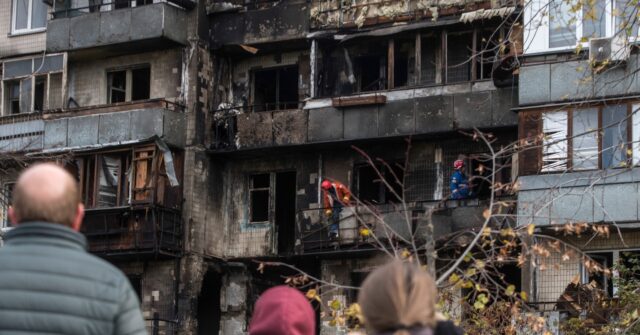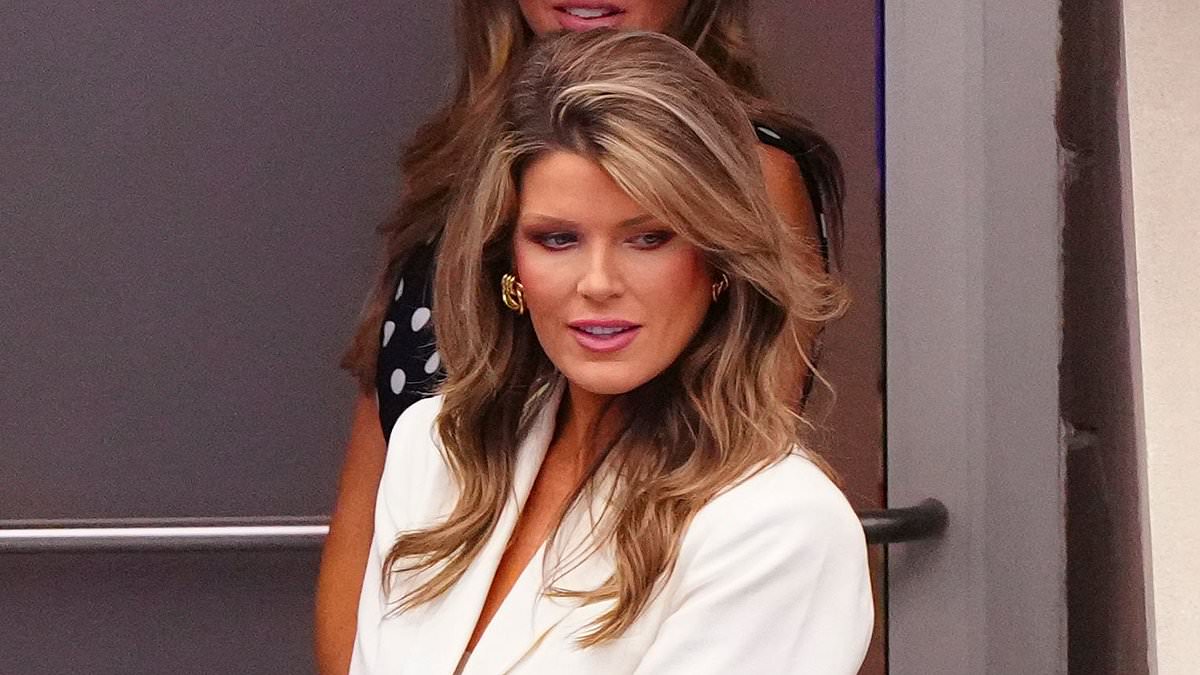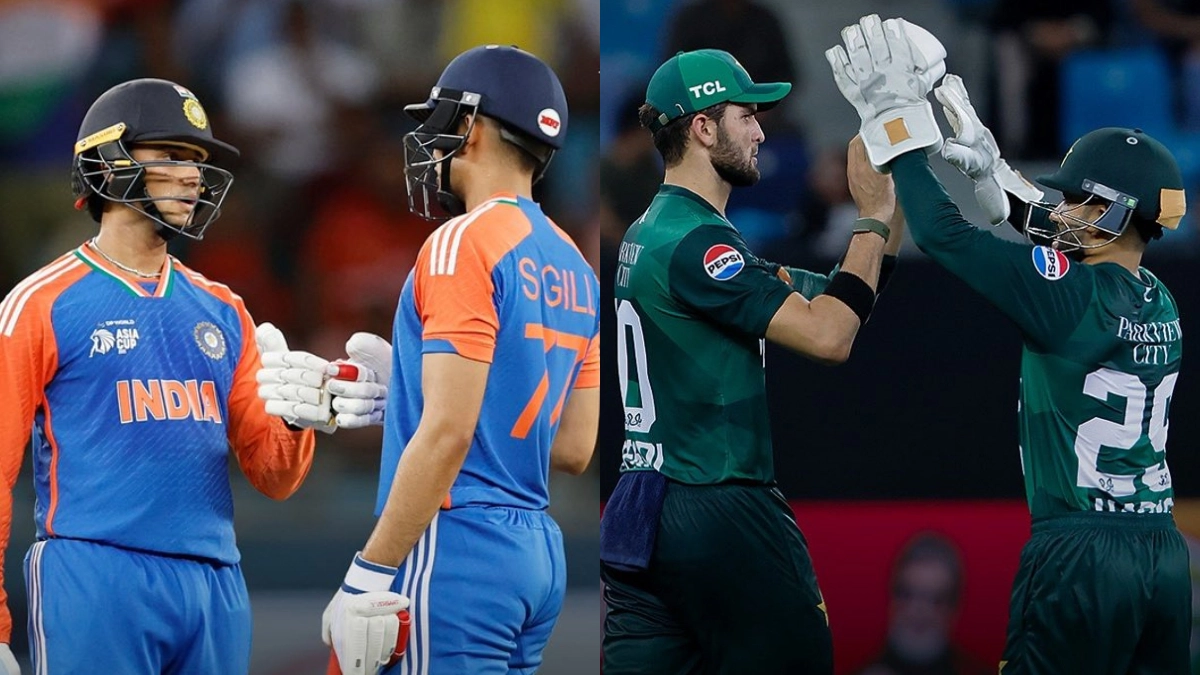Copyright hellomagazine

Prince Andrew lost the use of his Prince of York title, a moniker he has used since his wedding to Sarah Ferguson in 1986. On the couple's wedding day, Queen Elizabeth bestowed upon Andrew and Sarah the Dukedom of York, making them the Duke and Duchess of York, respectively. However, after years of controversy over his connections to the deceased convicted paedophile, Jeffrey Epstein and accusations of sexual abuse by the late Virginia Giuffre, Andrew relinquished his titles on 17 October. However, before the Duke of York title belonged to Andrew, it had a very significant link to the late Queen. Queen Elizabeth's significant ties to the Duke of York title The Dukedom of York has always held special historical significance in the royal family. Historically bestowed upon the second son of a reigning monarch, there have been a handful of famous historical royal figures who have held the title of Duke of York. King Henry VIII became the Duke of York at three years old and eventually, the heir apparent after his brother Arthur died in 1502. Charles I and Richard of Shrewsbury (one of the Princes in the Tower) also both once held the coveted title. The title was bestowed upon Andrew and Sarah on their wedding day in 1986 by the late Queen. Though it was customary for Andrew to receive the title, it also held exceptional significance to the late Queen. Before Andrew was the Duke of York, the title belonged to Elizabeth's father, then known as Prince Albert. Albert, being the second son of George V and Queen Mary of Teck, was given the prestigious title in 1920. Like many other Dukes of York before him, he became king in 1936 when his brother, Edward VIII abdicated the throne. Queen Elizabeth and her father were documented to have an exceedingly close bond, with George VI preparing his eldest daughter for her eventual life as a reigning monarch. On her accession to the throne in 1952, the new Queen echoed her father's tenacity, saying: "My heart is too full for me to say more to you today than I shall always work, as my father did throughout his reign, to advance the happiness and prosperity of my peoples, spread as they are all the world over." What other titles has Andrew lost? Traditionally, British royals are given three titles on their wedding day, one from England, one from Scotland and one from Ireland. As well as being bestowed with the Duke of York title, Andrew was also made Earl of Inverness (Scotland) and Baron Killyleagh (Northern Ireland). Sarah, by extension, became the Countess of Inverness and Baroness Killyleagh. Inverness, which is in the far north of Scotland, is just one hour away from the Prince's school, Gordonstoun, which was also attended by King Charles and Prince Philip. Meanwhile, as the Baron of Killyleagh in the north of Ireland, there are several dedications to the Prince including the eponymously titled: 'Prince Andrew Way' in Carrickfergus. When Andrew relinquished the use of his title 'Duke of York' on Friday, the decision included his subsidiary titles as well. As well as his peerage, Andrew also gave up his membership of the prestigious Order of the Garter. In 2006, the Prince was appointed a Royal Knight Companion in the Order of the Garter by his mother, Queen Elizabeth. Despite being stripped of his military titles and patronages in 2022 following backlash over his association with Jeffrey Epstein and accusations from Virginia Giuffre, Andrew did not initially lose the prestigious title of Royal Knight Companion. He was also still entitled to attend private events including lunches and investiture ceremonies.



